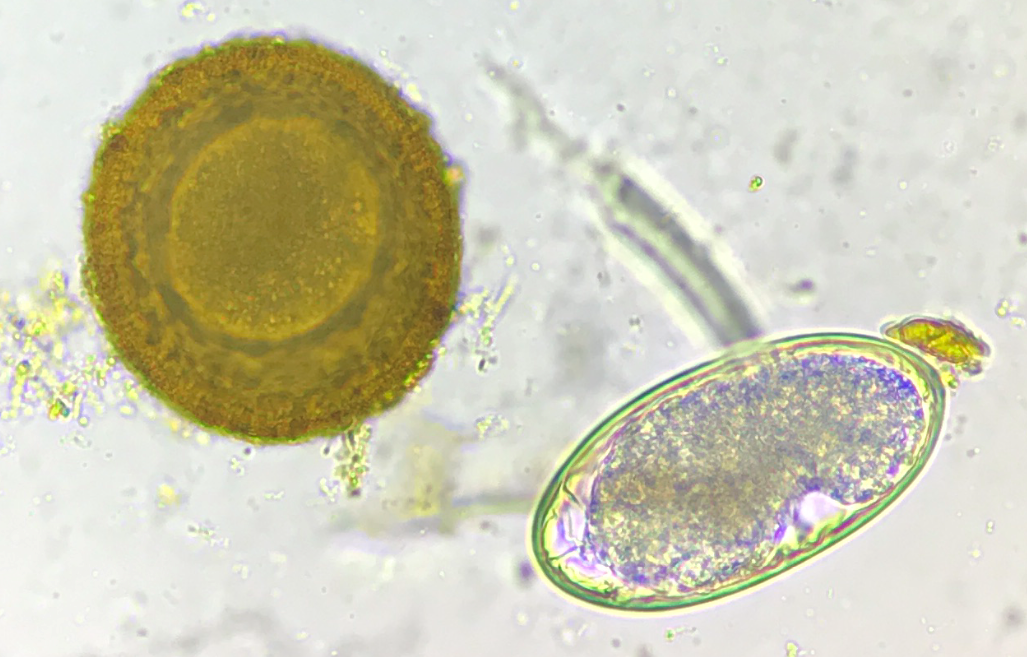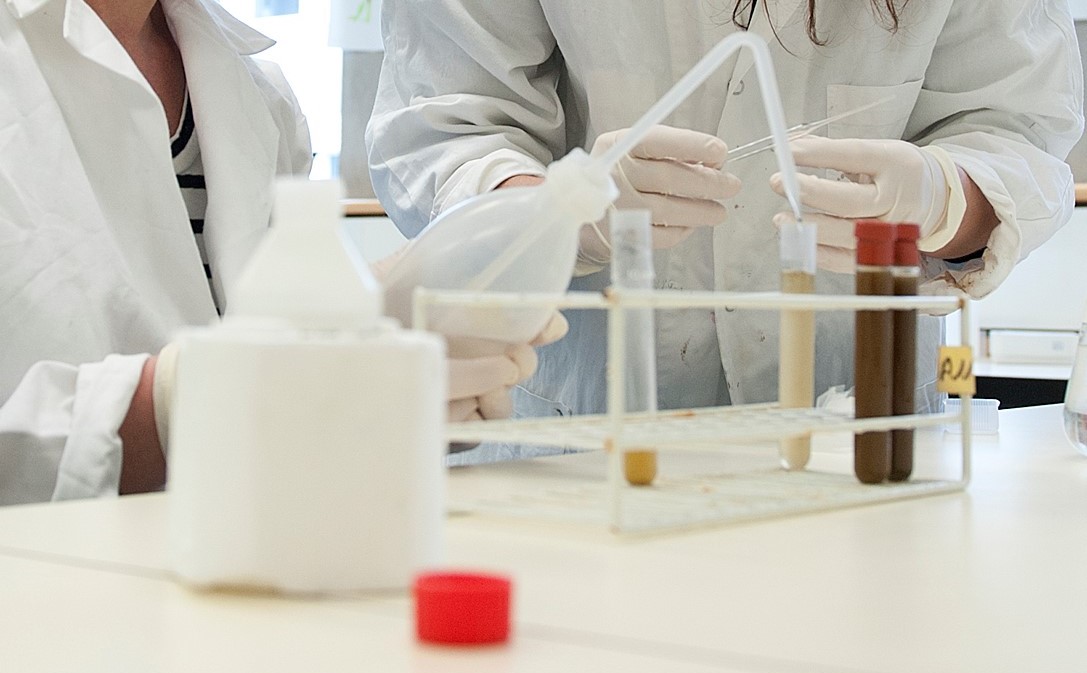Legal Disclaimer
Legal Notice
Responsible for pages content
Animal Diagnostic
Avenue Beauregard 28
2036 Cormondrèche
liselore.roelfstra@animaldiagnostic.ch
Webdesign
Marketing Ultimum – Modern websites design and development in Montreal
Copyright
The copyright holder for all content on this site is Animal Diagnostic.
Disclaimer
All text and links have been checked carefully and are updated regularly. We strive to publish accurate and complete information on this site. However, we disclaim all liability and make no warranties as to the accuracy, completeness or timeliness of this information, this reservation also applies to entries in the database. We reserve the right to change the content of the website at any time without prior notice and do not undertake to update the information contained therein. The accuracy of all external links was verified at the time of entry. However, we are not responsible for the content and availability of these sites, accessible via hypertext links. In the case of illegal, erroneous or incomplete content, and in particular for damage resulting from the unverified use of content on linked pages, only the provider of these pages may be held responsible. This applies regardless of the nature of the damage (direct, indirect or financial) or for any other damage that may occur as a result of data loss, loss of use, or for other reasons.
Privacy policy
General information
The administrators of these websites take the protection of your personal data very seriously. We treat your personal data confidentially.
The use of our website is in principle possible without having indicated personal data. Whenever possible, if personal data is collected on our websites (e.g. name, address or email addresses), it is always collected on a voluntary basis. These data are not passed on to third parties without your explicit consent.
We point out that data transmission over the Internet (e.g. e-mail communication) may have security vulnerabilities. Seamless protection of your data against piracy by a third person is not possible.
Cookies
The website uses part of what are called cookies. Cookies are used to make our offer more user-friendly, more efficient and more secure. Cookies do not cause any damage to your computer and they do not contain any viruses. Cookies are small text files stored on your computer browser.
Most of the cookies we use are called "session cookies". They are deleted automatically after your visit. Other cookies remain in your device's memory until you delete them. These cookies allow us to recognize your browser during a subsequent visit.
You can configure your browser to be informed of the use of cookies, to allow it only on a case by case basis or to exclude it permanently, and to activate the automatic deletion of cookies when the browser is closed. Disabling cookies may limit the functionality of this website.
Server log files
The provider of websites automatically collects and records information in so-called server-log files that your browser automatically transmits to us. These are:
- the browser type and version,
- the operating system used,
- the reference URL,
- the host name of the connected computer,
- the time of the request to the server.
These data are not assigned to specific individuals. No aggregation of this data with other data sources is performed. We reserve the right to review such data retrospectively in case of concrete evidence of unlawful use.
Google Analytics
This website uses Google Analytics, a website analysis service of Google Inc. ("Google"). Google Analytics uses "cookies", which are text files that are stored on your computer and that allow you to analyze your use of the website. Information about your use of this site generated by cookies is generally transmitted to a Google server located in the United States, where they are saved. IP anonymization is enabled on this website and your IP address will be truncated by Google within the European Union member states or other countries signatory to the Agreement on the European Economic Area. The full IP address will be transmitted only exceptionally to a Google server located in the United States, where it will be truncated. Google uses this information to evaluate your use of the website, to compile site activity reports for site operators, and to provide other services related to the use of the website and the Internet. Google may also, where appropriate, disclose this information to third parties, to the extent required by law or if third parties process such data on behalf of Google. The IP address provided by your browser as part of Google Analytics will not be cross-checked with other data from Google. For more information on how Google Analytics processes user data, see Google's privacy policy:
https://support.google.com/analytics/answer/6004245?hl=en.
You can disable the registration of cookies by selecting the appropriate settings in your browser. However, we draw your attention to the fact that such deactivation may limit the use of certain features of this website. You may also prevent the collection of cookie-generated data about your use of the website (including your IP address) on Google, and the processing of such data by Google, by downloading and installing available browser plug-ins under the following link:
http://tools.google.com/dlpage/gaoptout?hl=en.
Google Maps
Where applicable, this website may use the Google Maps product of Google Inc. By using this website, you consent to the collection, processing and use of data collected automatically by Google Inc., its representatives and third parties. You will find the Google Maps Terms of Service under "Google Maps Terms of Service".
Contact form
To the extent that the website provides a contact form, if you send us inquiries via this form, your details, including the data you have provided, will be stored for the purposes of processing the inquiry and in case of follow-up questions. These data will not be transmitted without your consent and will be treated confidentially.
Information, deletion, blocking
You will receive information about the personal data that we have stored about you and the origin, destination and purpose of the collection and processing of data. You also have the right to request the correction, blocking or deletion of your data. This does not apply to data that is retained due to legal requirements or that is necessary for the proper conduct of business. The data is stored in a protected file for control purposes so that data can be locked at any time. If the data is not collected as part of a legal archiving obligation, we will delete your data upon request. If the archiving obligation applies, we block your data. If you have any questions or concerns regarding the correction, blocking or deletion of personal data, please contact our Data Protection Officer at the contact details provided in this privacy policy or at the address indicated in the legal notice.


